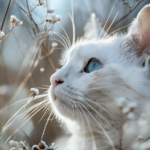Imagine walking through your door after a long day, only to find your feline friend sitting by the window, eyes wide and tail flicking. Could it be that your cat missed you? Do they feel the pangs of loneliness when you’re not around? This question has intrigued cat owners for ages, and while cats are often seen as independent creatures, their emotional depth might surprise you.
The Independent Nature of Cats
Cats have long been celebrated for their independence. Unlike dogs, who are often seen as pack animals, cats are known for their solitary behavior. This independence has led many to believe that cats are emotionally aloof. However, this perception might not entirely capture the emotional complexity of our feline friends. While they may not demand constant attention, it doesn’t mean they don’t appreciate it when offered.
Understanding Feline Emotions
Cats, like humans, experience a range of emotions. From joy to fear, and yes, even sadness, cats have a rich emotional life. Though their expressions might be subtle, they are very real. A cat’s flicking tail, a gentle purr, or even the way they blink can all be indicators of how they are feeling. Understanding these signs can offer insights into whether your cat feels sad when you’re not around.
Signs Your Cat Might Miss You
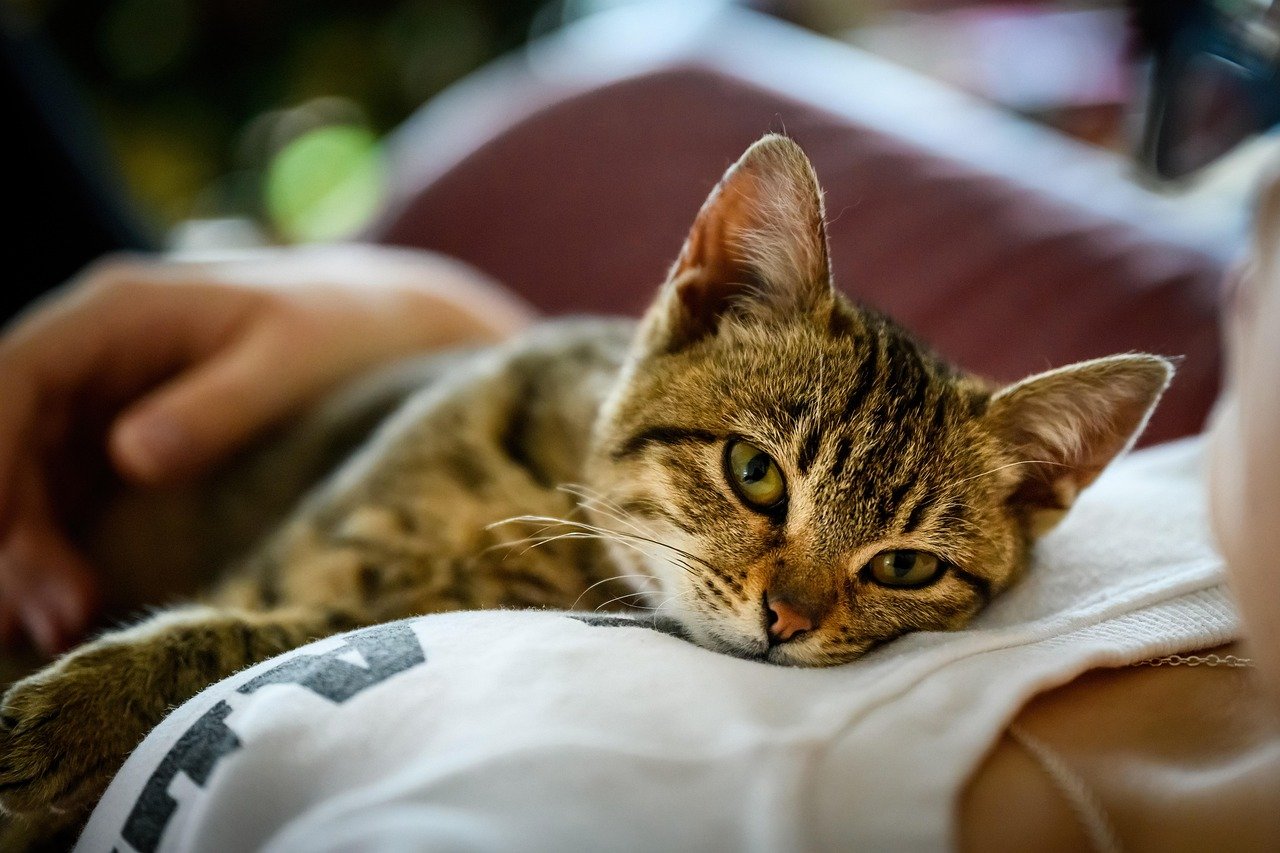
If you’ve ever returned home to find your cat eagerly waiting by the door, it could be a sign they missed you. Cats may exhibit behaviors such as vocalizing more than usual, following you around the house, or showing an increased need for affection. These actions can be their way of expressing that they noticed your absence and are glad to have you back.
The Role of Routine
Cats are creatures of habit. They thrive on routine and predictability. When their routine is disrupted by your absence, it can lead to feelings of confusion or distress. This disruption might not only affect their mood but also their overall well-being. Ensuring a consistent schedule, even when you’re away, can help alleviate any potential sadness.
Attachment Styles in Cats
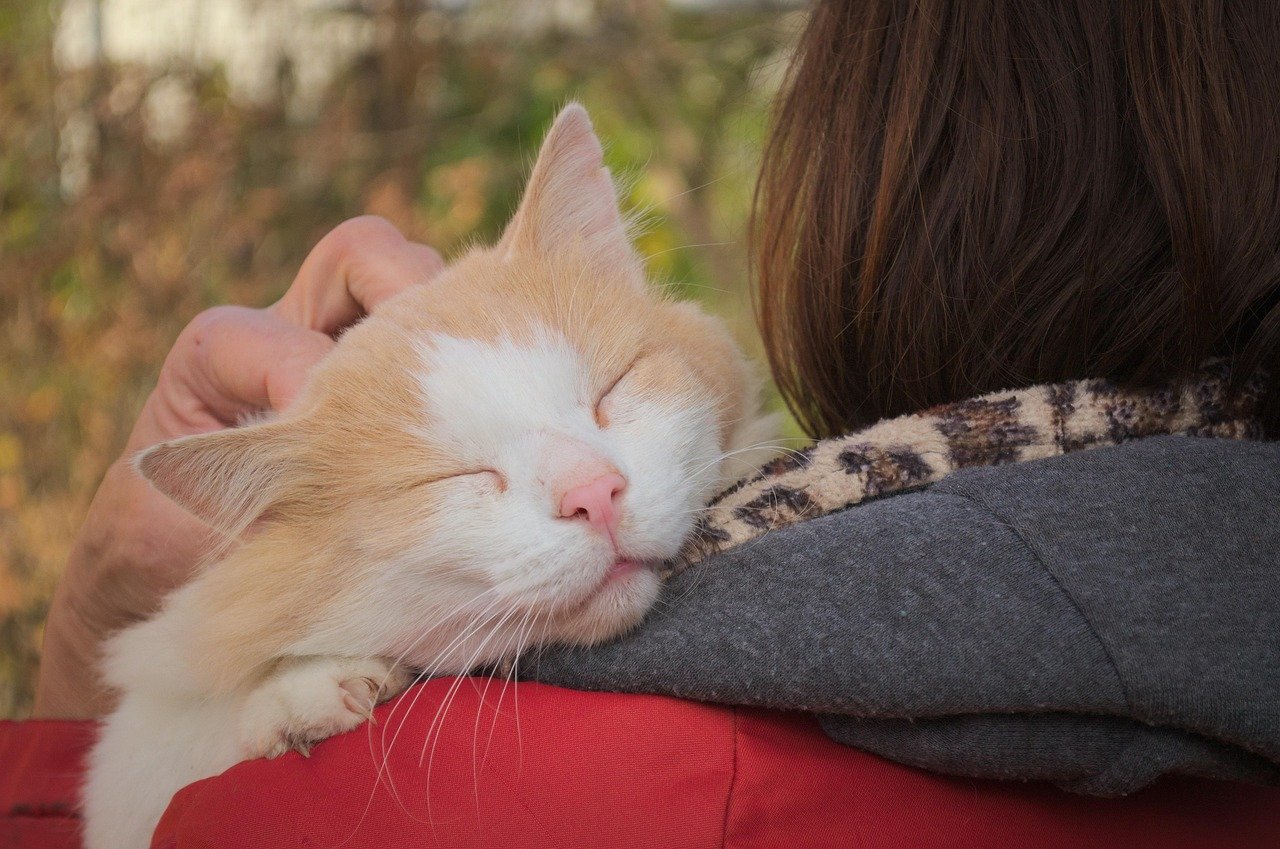
Just as humans have different attachment styles, so do cats. Some cats are more independent, while others are more clingy. Understanding your cat’s attachment style can help you gauge how they might feel when you’re not around. A more attached cat might display signs of separation anxiety, while a more independent one might not seem as affected.
Separation Anxiety in Cats
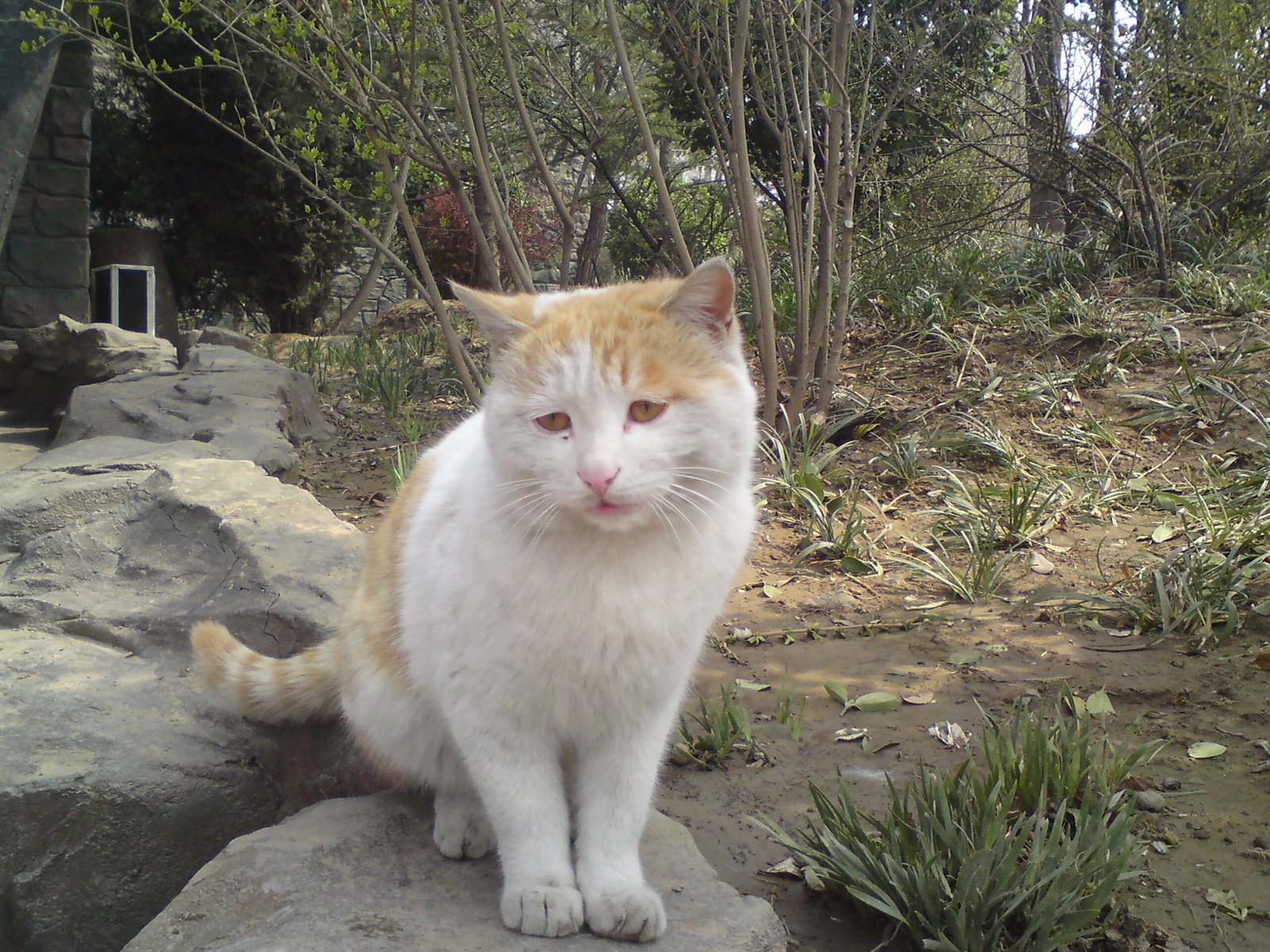
Though it’s more commonly associated with dogs, separation anxiety can also affect cats. Symptoms can include excessive meowing, destructive behavior, or even changes in eating habits. If your cat exhibits these behaviors when you’re away, it might be a sign they’re experiencing separation anxiety and feeling sad in your absence.
Ways to Comfort Your Cat
If you suspect your cat feels sad when you’re not around, there are ways to comfort them. Providing toys, creating a cozy environment, or even leaving a piece of clothing with your scent can offer reassurance. These small gestures can help bridge the gap during your absence and make your cat feel more secure.
The Power of Play
Engaging your cat in play is a powerful way to strengthen your bond and alleviate any sadness they might feel. Interactive toys or simple games like chasing a string can provide both physical and mental stimulation. This not only helps in keeping your cat happy but also ensures they don’t feel neglected.
Understanding Your Cat’s Body Language
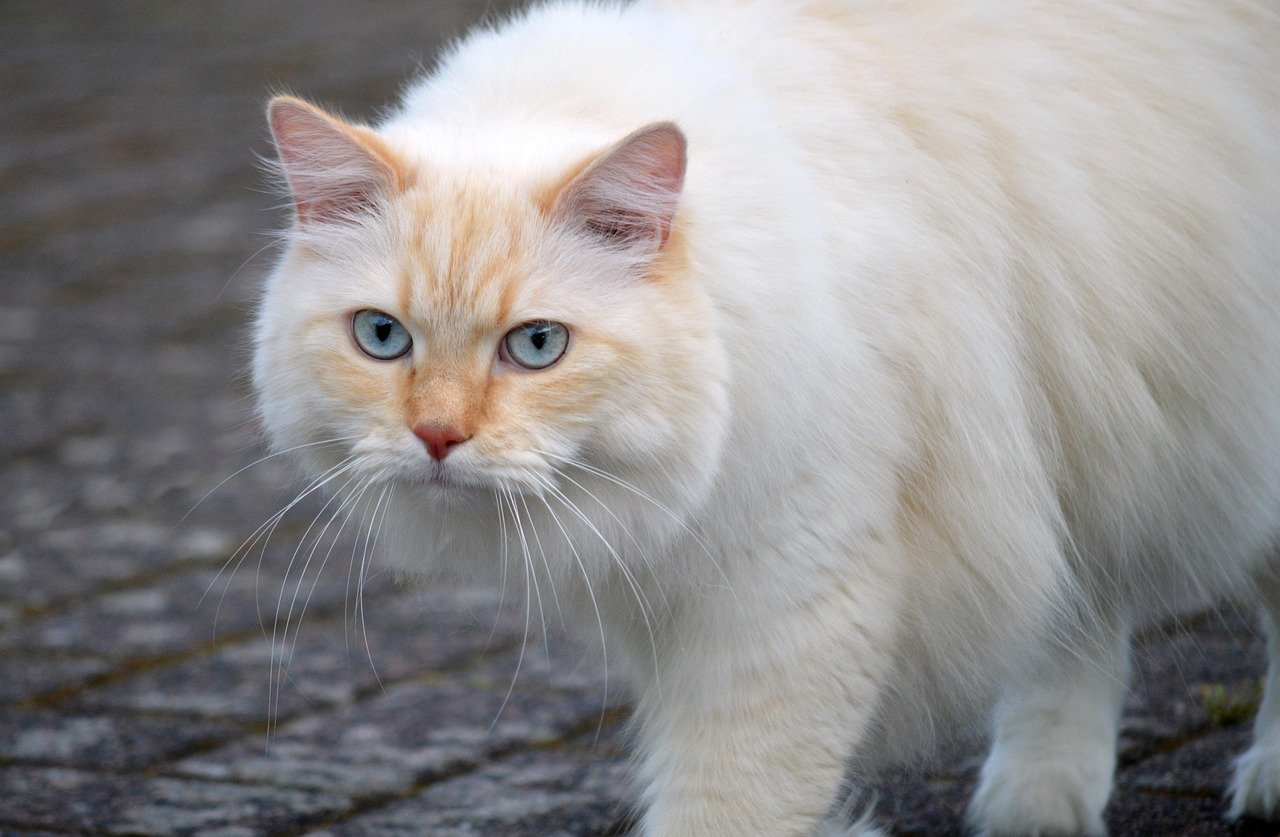
Reading your cat’s body language can provide valuable insights into their emotional state. A relaxed posture, soft eyes, and a gentle purr can indicate contentment, while flattened ears or a twitching tail might suggest distress. By paying attention to these cues, you can better understand how your cat feels in your absence.
The Importance of Quality Time
Spending quality time with your cat is crucial in ensuring they feel loved and secure. Whether it’s a few minutes of petting or an hour of play, these interactions can significantly impact your cat’s emotional well-being. Making an effort to engage with your cat can help reduce any feelings of sadness they might experience when you’re not around.
Creating a Safe Space
Cats, like humans, need a place where they feel safe and secure. Creating a dedicated space for your cat, complete with their favorite toys and a cozy bed, can offer them comfort in your absence. This safe haven can be a refuge for your cat, helping them feel less lonely when you’re not there.
How Other Pets Can Help
If you have other pets, they can play a vital role in keeping your cat company. A fellow feline or even a dog can provide companionship and help alleviate loneliness. However, it’s essential to ensure that your cat is comfortable with their furry companions to avoid any additional stress.
The Impact of Your Scent
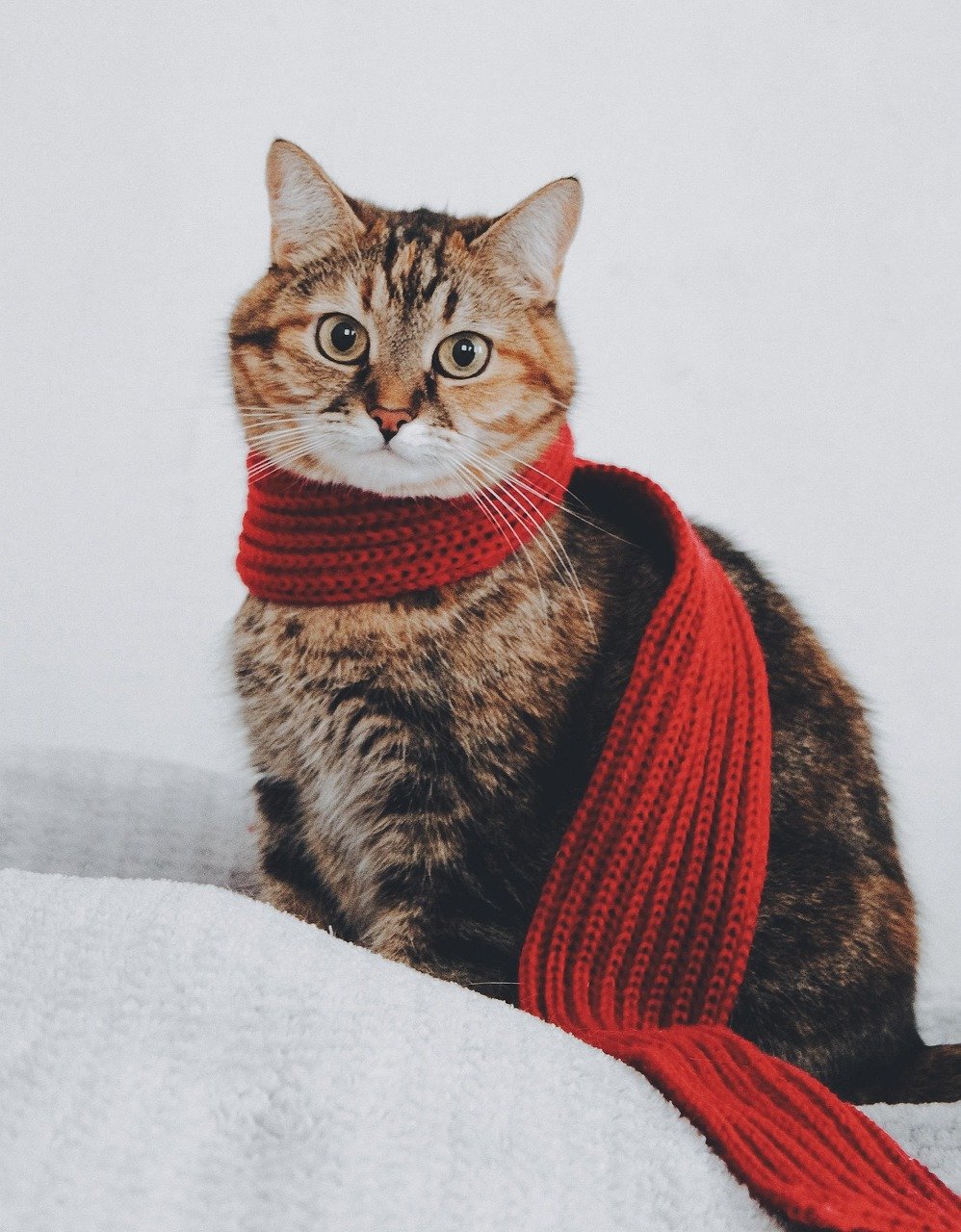
Your scent can be incredibly comforting to your cat. Leaving a piece of clothing or a blanket that smells like you can provide reassurance in your absence. This familiar scent can help reduce any anxiety or sadness your cat might feel when you’re not around.
The Role of Technology
In today’s digital age, technology can play a role in keeping your cat company. Pet cameras allow you to check in on your cat and even interact with them remotely. While it might not replace your physical presence, it can offer a sense of connection and comfort to your cat.
Recognizing When to Seek Help
If you notice persistent signs of distress in your cat, it might be time to seek professional help. A veterinarian or animal behaviorist can offer guidance and solutions tailored to your cat’s needs. Addressing these issues early can help prevent any long-term emotional distress.
The Bond Between Humans and Cats
The bond between humans and cats is unique and profound. While they might not always show it, cats can form deep emotional connections with their owners. Understanding this bond can help us appreciate the depth of their emotions and the impact our absence might have on them.
Debunking Myths About Cats
There are many myths surrounding cats, one of which is that they are emotionless. However, countless cat owners can attest to their feline friends’ affectionate and loving nature. By debunking these myths, we can better understand and appreciate the emotional lives of cats.
The Science of Feline Emotions
Scientific studies have shown that cats have complex emotional lives. Research into feline behavior and emotions continues to reveal new insights, challenging the notion that cats are aloof creatures. As our understanding of feline emotions grows, so does our appreciation for these fascinating animals.
Final Thoughts on Feline Emotions
While cats may not express their emotions as overtly as some other animals, it doesn’t mean they don’t feel deeply. Their subtle expressions of affection and the bonds they form with their owners speak volumes about their capacity for emotion. The next time you leave your cat alone, consider the possibility that they might miss you more than you think. What do you think your cat would say if they could talk?
Hi, I’m Bola, a passionate writer and creative strategist with a knack for crafting compelling content that educates, inspires, and connects. Over the years, I’ve honed my skills across various writing fields, including content creation, copywriting, online course development, and video scriptwriting.
When I’m not at my desk, you’ll find me exploring new ideas, reading books, or brainstorming creative ways to solve challenges. I believe that words have the power to transform, and I’m here to help you leverage that power for success.
Thanks for stopping by, Keep coming to this website to checkout new articles form me. You’d always love it!




